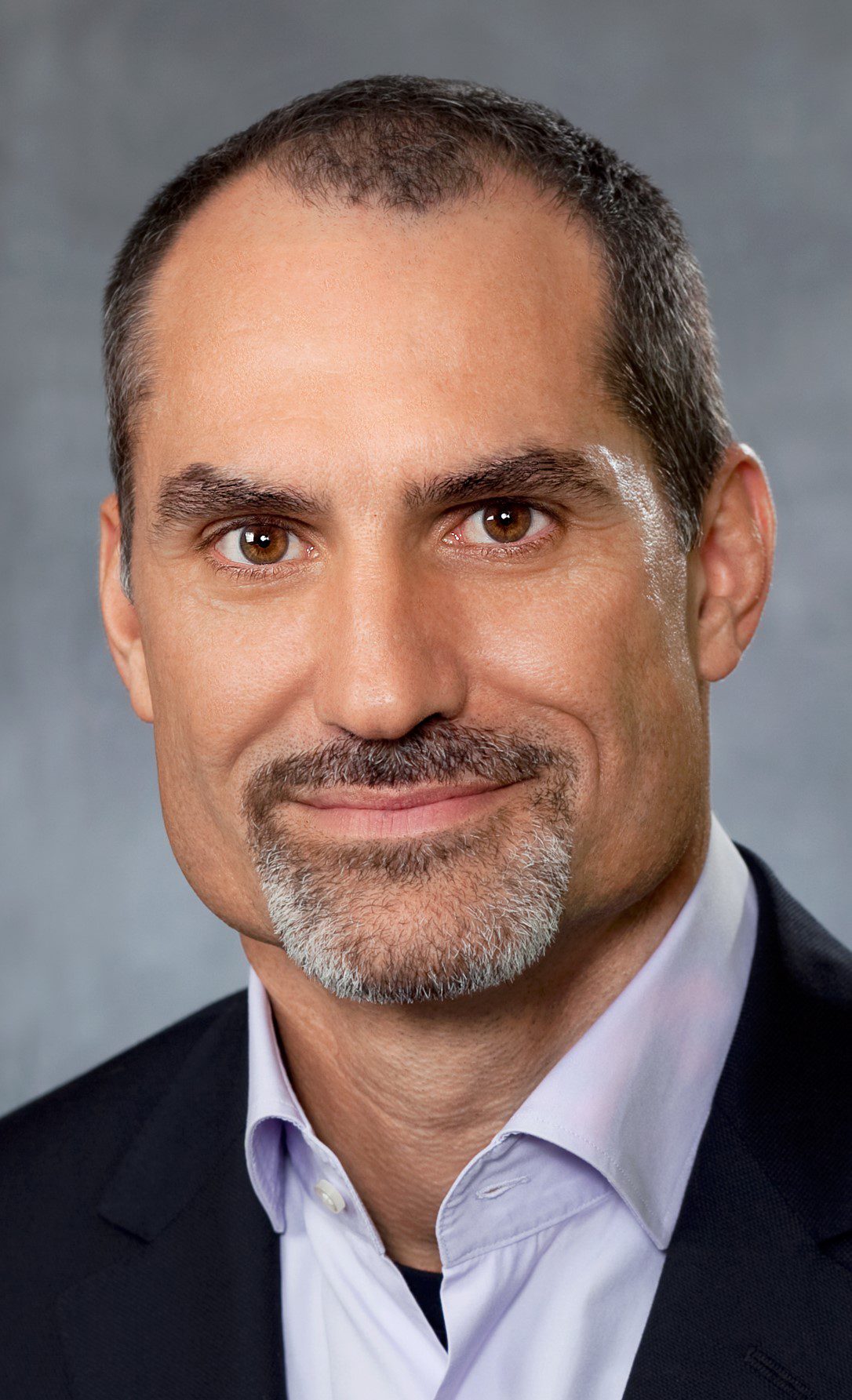
WashingtonExec has reached out to leading govcon cloud executives about the latest trends in a post-pandemic world. These interviews highlight success stories that resonate, discuss how organizations are navigating current challenges, and provide insight into lessons learned.
Doug Bourgeois, cloud engineering leader and managing director at Deloitte Consulting LLP, shares his thoughts below.
Did the pandemic accelerate digital transformation efforts in your organization or with customers? If so, how did you/your team approach this, and how did cloud play a role?
The pandemic significantly accelerated digital transformation efforts in government and ultimately encouraged many federal, state and local agencies to adopt a cloud-first approach. The flexibility and scalability of cloud allowed government agencies to overcome pressing challenges such as massive surges in demand for telehealth, digital services and remote work.
By accelerating digital transformation efforts across government, the pandemic also ushered in the next cloud modernization wave. In this new era, organizations will continue to apply cloud technologies to add value more directly to their unique missions and provide enhanced digital experiences to citizens as a result.
What are some of the biggest digital transformation trends you are anticipating for the remainder of this year, and into 2023?
There are a few major digital transformation trends that currently have my attention. The first is multi-cloud, where the convergence of governance, automation, cybersecurity and standard operations spanning multiple clouds concurrently improves mission agility and enhances security.
Another trend is the pervasive nature of cloud across a broad landscape, which enables enhanced citizen and government experiences, rich digital interactions and ease-of-access to mobile government services.
Finally, an emerging trend that will also provide significant value to government agencies is the extension of the cloud to the edge. This will open the door to the delivery and use of data and machine learning for distributed/mobile users and will provide more rich digital experiences.
Are you/your team spearheading any major digital transformation initiatives at the moment? If so, can you explain?
Yes, Deloitte’s government and public services cloud team currently supports a number of government agencies on their digital transformation journeys.
One timely engagement is the Government National Mortgage Association, or Ginnie Mae, a government-owned corporation within the Department of Housing and Urban Development, which aims to make global capital available to lenders in all communities and expand equitable and affordable housing to individuals and families across the country.
Deloitte’s team just successfully completed a major cloud cutover into production for Ginnie Mae, involving six legacy applications that support a $2.3 trillion mortgage-backed securities balance and process more than $45 billion in new monthly securitizations, which finance more than 150,000 households monthly. Ginnie Mae now operates all major workflows in the cloud.
How do you hope current or ongoing digital transformation initiatives positively impact the organization and its customers?
Post-pandemic, the government has an extraordinary opportunity to reimagine the citizen experience using digital interactions, platforms and tools. My hope is that government leaders continue to think boldly and differently. That they encourage their peers, policymakers and organizations to avoid reverting to a status quo and, instead, lean towards making citizen and employee interactions more proactive, seamless and delightful.
A number of agencies, including IRS, SSA, Census, USDA and others, are heading in this direction now. While they are pushing through the barriers, they need to continue making progress and avoid becoming discouraged.
If more government agencies embrace this approach, it will make a dramatic impact at scale for citizens as well as employees, who both seem to be ready for a transformed digital experience.
What are you most passionate about enhancing cloud-wise in your organization going forward for internal teams and/or for customers?
I always have been most passionate about delivering on the value of technology to advance an organization’s mission ⏤ especially when it comes to improving the delivery of critical services to citizens. When it comes to cloud, many of the core foundational elements to enable mission value have been put in place. Most organizations have tapped into the cloud at the infrastructure and platform levels. And most organizations have their infrastructure security authorizations in place or well underway.
As a result of widespread cloud adoption, the value of the cloud is poised to rise to the next level. Continued cloud adoption will accelerate the pace and the breadth of innovation, which is the key to mission value. In addition, new capabilities ⏤ including edge computing, artificial intelligence, machine learning, advanced analytics, zero trust and application development ⏤ will be accelerated because of this cloud progression.
How do you/your team prepare customers for digital transformation trends of the future?
Cloud enables many major technology trends. Whether it’s artificial intelligence, machine learning, advanced analytics, IoT, edge computing or 5G, these trends are very much built upon foundational cloud capabilities. In a way, the value of all of them is difficult to unlock ⏤ without cloud. Perhaps most importantly, cloud accelerates innovation while lowering cost and risk.
To take full advantage of these capabilities, organizations should embrace agile methods to develop iterative pilot programs that deliver mission value. This approach enables organizations to harness cloud and incrementally take advantage of emerging technologies that can add significant value to their missions while also managing the associated risk.

